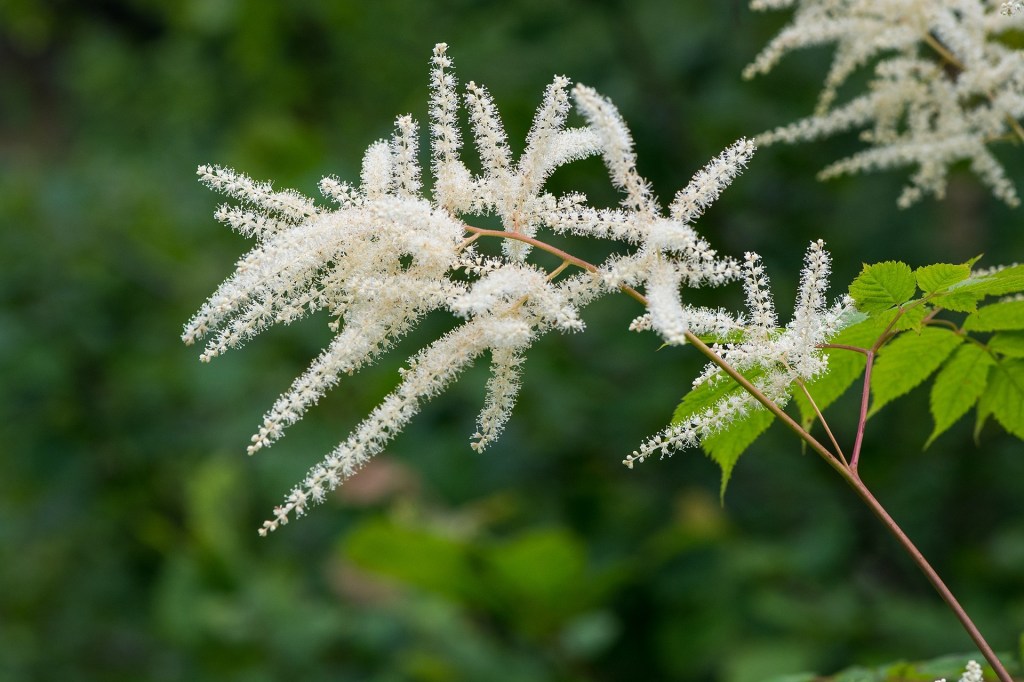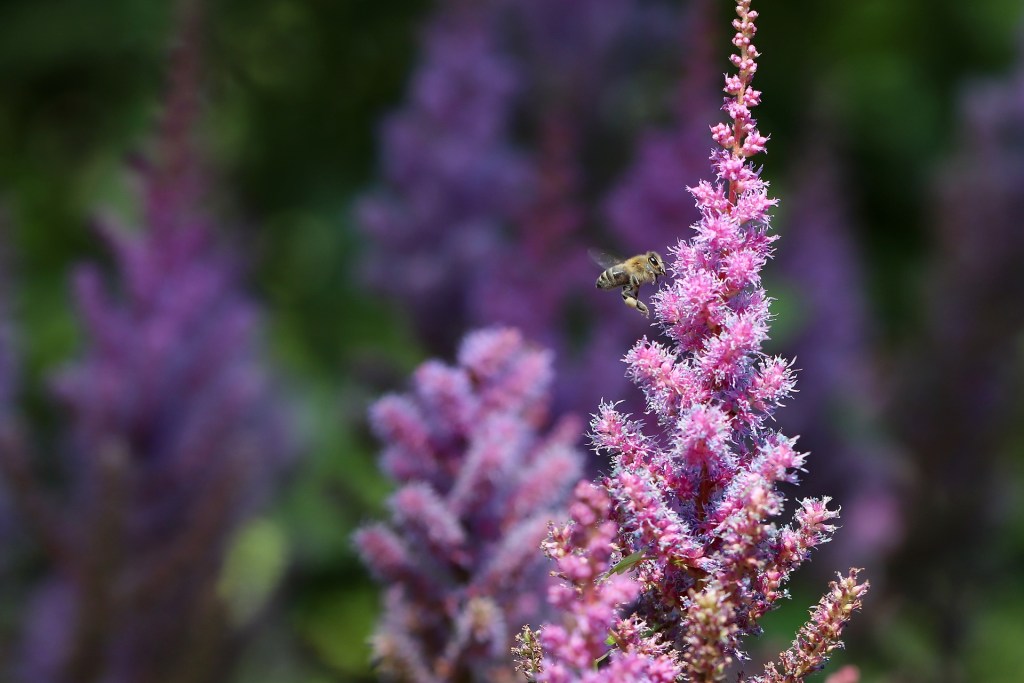It can be challenging to find a plant that’s perfect for that shady spot in your garden, especially when you’re looking for something with a bloom. Well, look no further; the astilbes plant is a beautiful, shade-loving plant that blooms show-stopping, fern-like flowers. To ensure you know how to care for this plant and help it grow and thrive for years to come, we’ve created this guide to caring for the astilbes plant.

What is the astilbes plant?
Also known as false goatsbeard, the astilbes plants are a wide range of flowering plants that vary in color, height, and bloom shape. No matter what you’re looking for, there’s likely an astilbes variety for you. The bloom colors range from white to a dark purple with pinks and lavenders in between. The flowers could be a few inches or even a few feet tall; of course, this depends on the variety you plant, which you’ll want to look into before purchasing to ensure it will fit into the garden and space you have planned for it.

When and where to plant your astilbes
To ensure the survival of your new astilbes plant, it’s critical to plant it at the right time of year and in the right spot. The best time is in the spring after the threat of a harsh frost has passed, or early fall. You can check your local frost dates by finding out which Plant Hardiness Zone you’re in. The astilbes likes shady areas but blooms best when they get dappled morning light. Keep in mind that these also make fantastic companion plants to hastas and hellebores. Not only are these plants kind to each other, but they also look impressive growing side by side.
Watering the astilbes
Since they’re a shade-loving plant, astilbes do not want to dry out too much. They prefer their soil to be cool and moist, and if you allow the soil to dry out, you’ll risk brown leaves, dying flowers, and sunburnt plants. If you’ve found yourself a nice shady spot for your astilbes plant, they’re less likely to dry out than if you’ve placed them in a sunnier spot. So be sure to keep an eye out for browning leaves to indicate if they need to be moved or just need to be supplemented with more water.
The ideal soil conditions
Astilbes need rich, moist soil to thrive. Those large flowers they produce are gorgeous but require lots of nutrients to thrive. If you’re worried that your soil isn’t up to par, add organic compost to enhance your soil but be sure it still drains well. These plants don’t like being in clay-heavy soil so avoid that at all costs if you can. If you’re noticing your plant drying out too quickly, you can help keep the soil moist by using a heavy mulch around the base of the plant to reduce the amount of moisture that evaporates from the ground.
Feeding an astilbes
Astilbes aren’t too picky when it comes to their fertilizer, but if you want to support healthy blooms, use a fertilizer that’s high in phosphorus during the growing season.
Growing zones for astilbes
Depending on the variety, this plant does best in zones 3 to 9, so be sure to check the tag to see where the variety you have will thrive best. Luckily for us, there’s an astilbes for almost every climate.
Average size of an astilbes
Before you go picking out the best spot and buying an astilbes plant, you’ll want to understand how big this plant can get. This will reduce the risk of you having to transplant it or having it accidentally kill other plants around it. They grow between eight inches to four feet high. So depending on your needs, you could layer a wide range of astilbes plants and create a beautiful and colorful garden. Again, the wide range in size is due to the wide range in varieties; there’s an astilbe for everyone.
Additional care tips
For the blooms, you might wonder about cutting them back or letting them naturally die off. For the astilbes plant, you really can go either way, and the plant won’t mind. You can cut back the dying blooms or leave them on the plant for pretty, dried flowers during the winter.
No matter which variety you choose, we’re sure you’re going to love having an astilbes in your garden. They’re easy to care for, excellent in the shade, and produce beautiful blooms! Just be sure they have enough shade and water.
Editors' Recommendations
- Everything you need to know about choosing the best rocks for landscaping
- Do you live in climate zone 2? Here’s what you need to know
- Climate zone 3 plants that will thrive in cool temperatures
- What to do with an old Christmas tree: 6 ways to recycle your tree after the holidays
- Real vs. fake Christmas trees: Which is friendlier to the environment?



